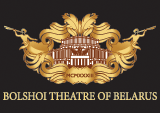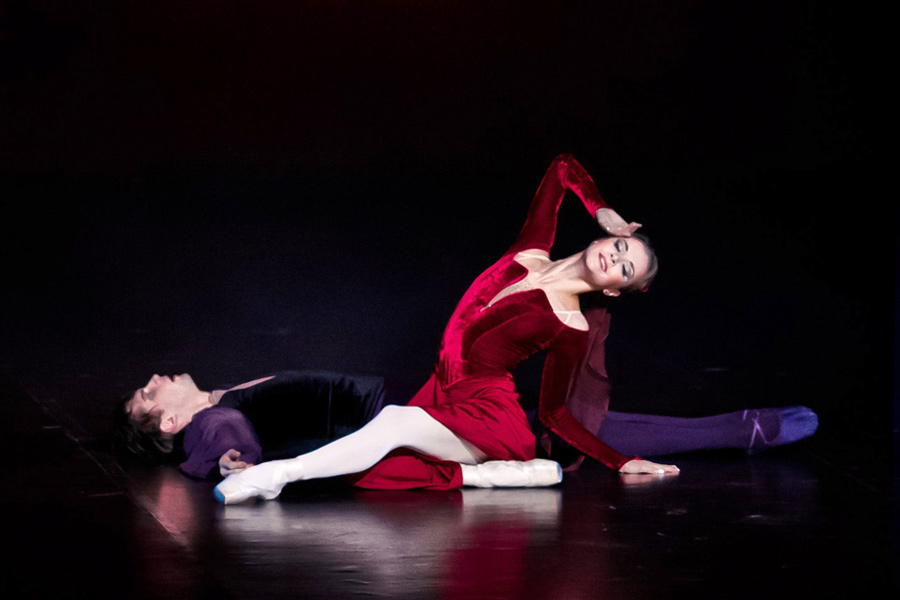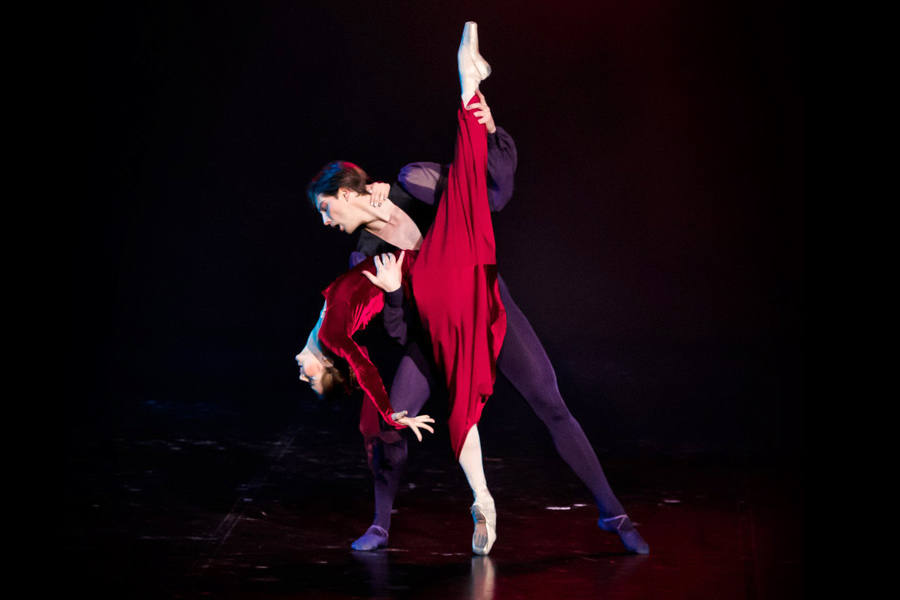 Bolshoi Theatre of Belarus
Bolshoi Theatre of Belarus
Bolshoi Theatre of Belarus
Bolshoi Theatre of Belarus
 Bolshoi Theatre of Belarus
Bolshoi Theatre of Belarus
Bolshoi Theatre of Belarus
Bolshoi Theatre of Belarus
┬Ā
┬Ā
The idea of staging the Sonnets, a ballet to the music by British composers Peter Warlock and Ralph Vaughan Williams, belongs to the choreographer Aleksandra Tikhomirova. She is the author of the libretto, choreography and staging of the new ballet.
ŌĆśSonnets is a plotless chamber ballet, composed of separate pieces that are named after the action, but at the same time brought together by a common theme, one conceptual task and the same protagonists,ŌĆÖ says Alexandra Tikhomirova . ŌĆśNot unlike the poetic form called the Sonnets, where a collection of unrelated poems is attuned by a common idea. The ballet opens with ShakespeareŌĆÖs sonnet XXV and sonnet XXVII brings it to its conclusion. There is a choreographic arrangement of numbers in between where we sought to cover the range of emotions that are found in the famed 154 sonnets by Shakespeare.
We all have a love and a dream, as well as two inceptions - a black and a white wing. Therefore our protagonists are the Poet and his four Muses: Love, Dream, a White Angel and a Black Angel. The poet shares the stage with his entourage who are equally able to sing praises and to spread rumours at the same time, to be by the artistŌĆÖs side or to be opposed to him.
I was very passionate about Shakespeare in my time. I was fortunate to dance in the MoorŌĆÖs Pavane ballet by Jos├® Lim├│n with Nikita Aleksandrovich Dolgushin as Iago and Farukh Ruzimatov as Othello. I danced Emilia. Sonnets is one of the dedications to my teacher and mentor, Nikita Dolgushin. He had a series of ballets associated with ShakespeareŌĆÖs literary works Hamlet, King Lear, Romeo and Juliet, TV films MoorŌĆÖs Pavane and Shakespeariana where he danced the leading parts. The ballet Sonnets is inspired by his work.ŌĆÖ
Musical director of the ballet Ivan Kostyakhin:
ŌĆśToday, we are just not able to reproduce the 16th century or earlier music accurately because we simply do not have the musical instruments of the time. But the pasticcios of the Late Middle Ages have become very popular in the music of the 20th century ŌĆö there has been an interesting fairy-tale fantastic modality with fantasy music standing out, I would say, as a whole new trend. Peter Warlock and Ralph Vaughan Williams wrote in such a style of music. The Middle Ages are depicted in their works by means of musical pasticcios, including the usage of modern harmonies. I'd say, there are, simultaneously, a Shakespearean romance and certain brutality in the sound of it; it conjures up rough walls of castles, tall lancet windows, large fireplaces, coarse wool capes, heavy sword hilts... The music is as good as Shakespeare's texts are ŌĆö the juxtaposition of masculine severity and very careful fragility of inner senses. It narrates the value of human life and feelings, the fortune to love.ŌĆÖ




┬Ā
┬Ā